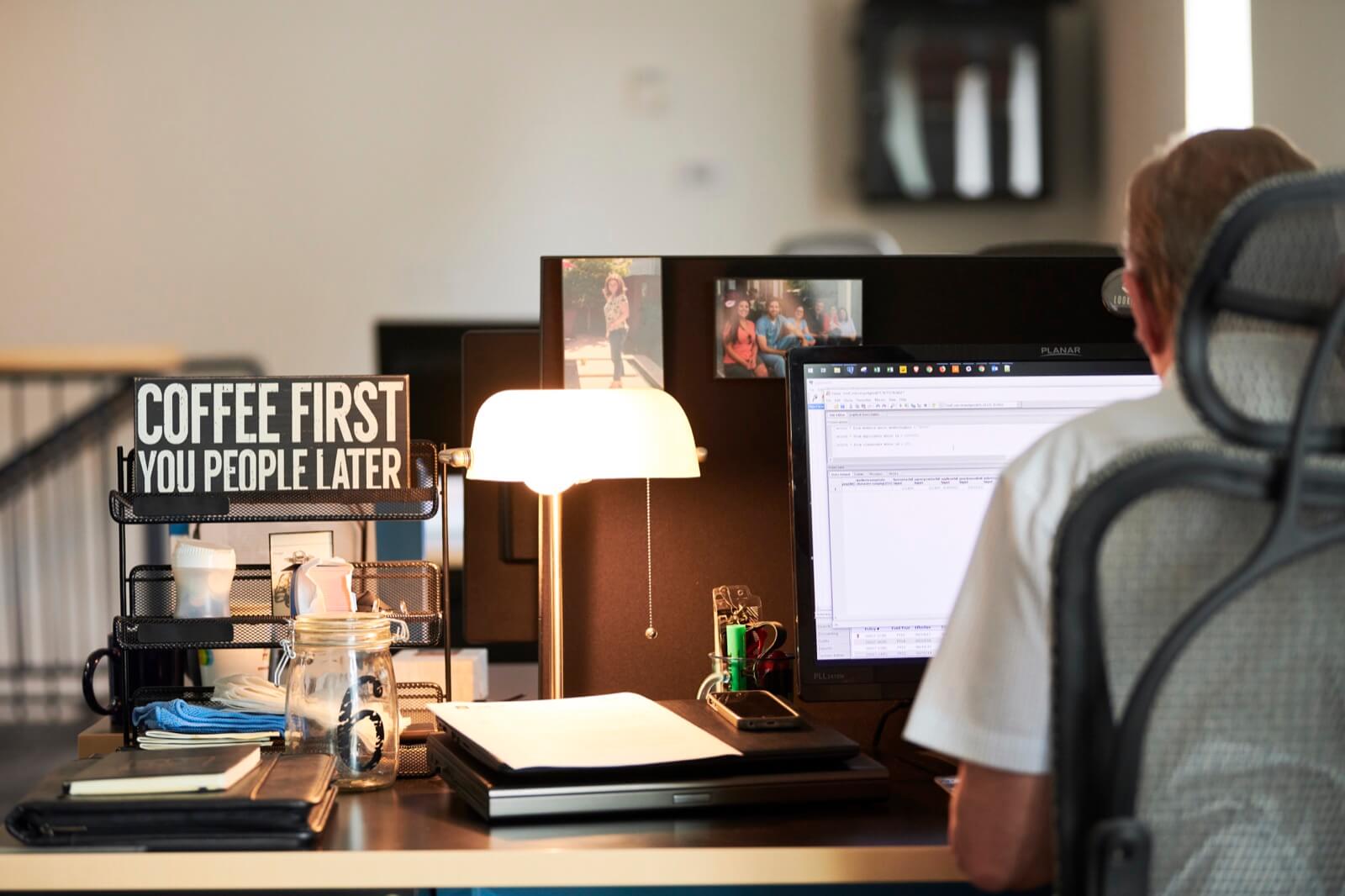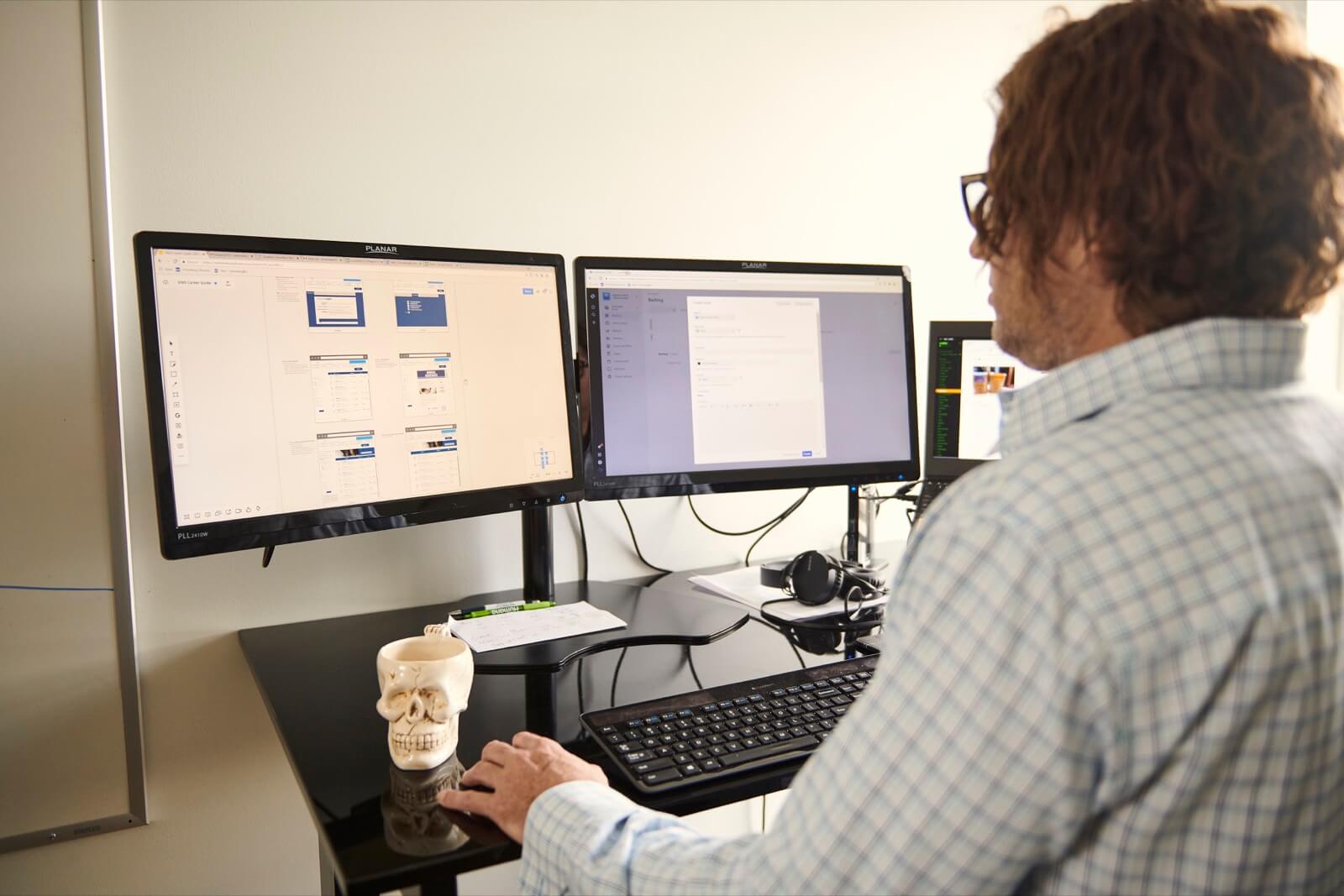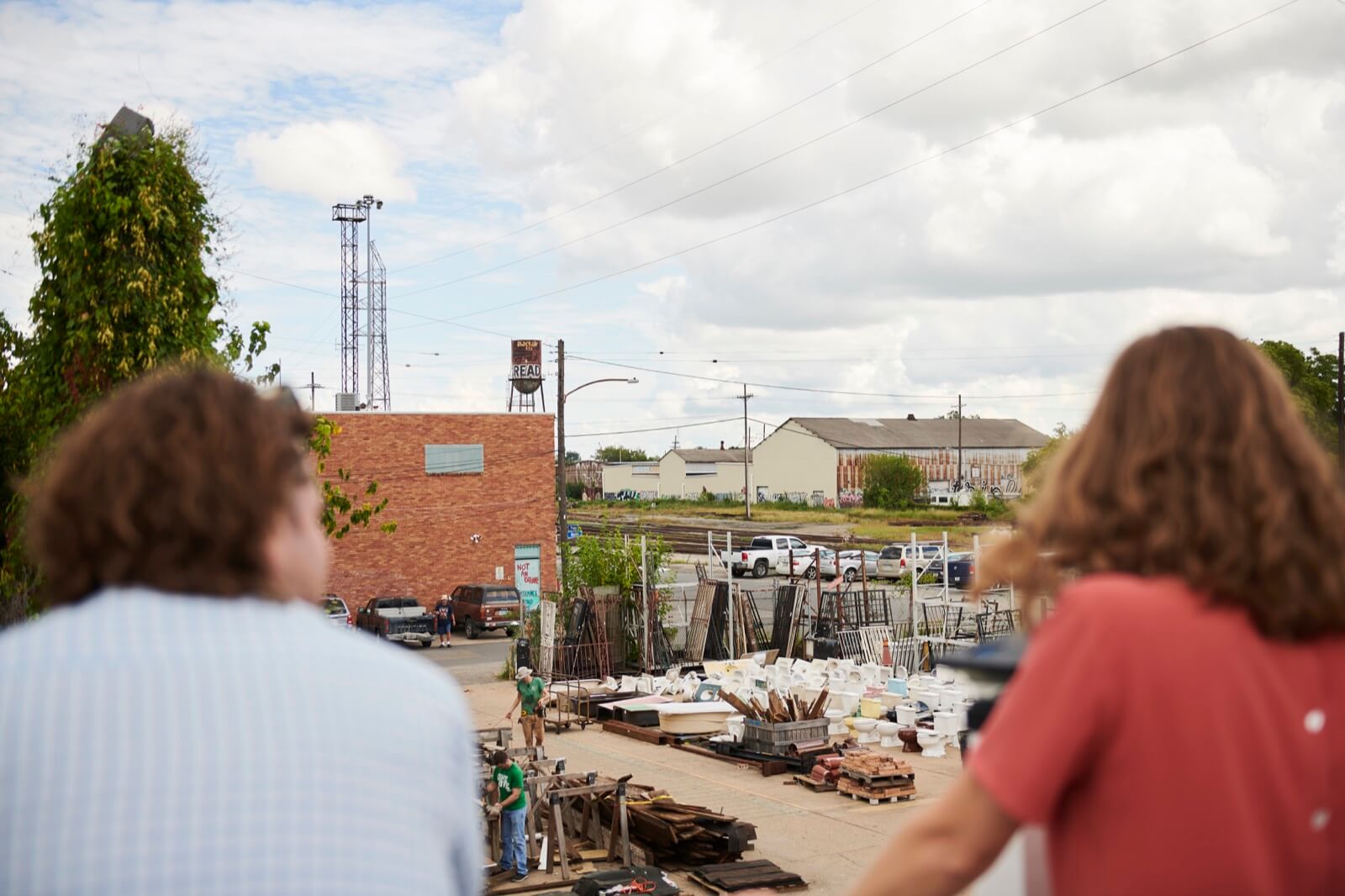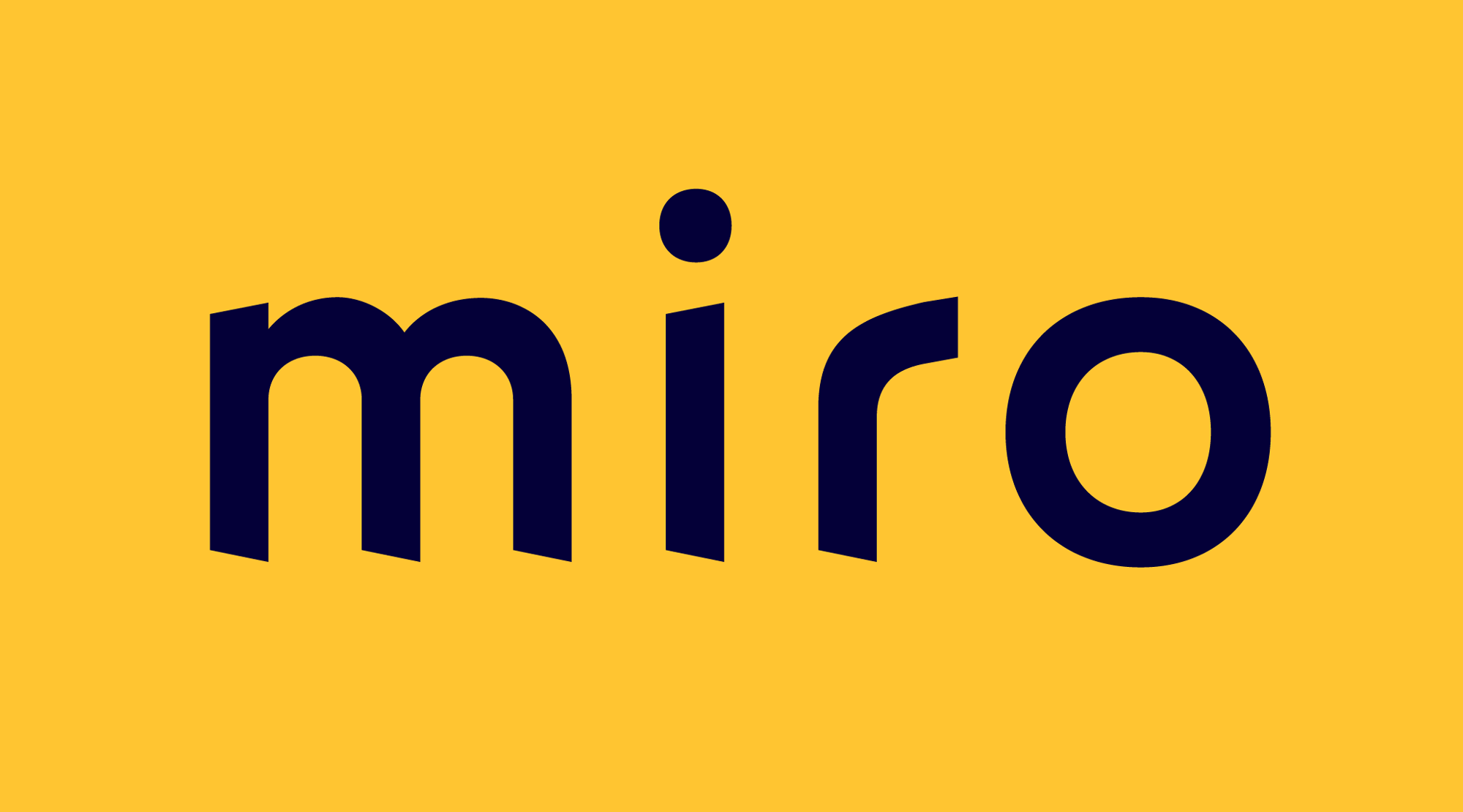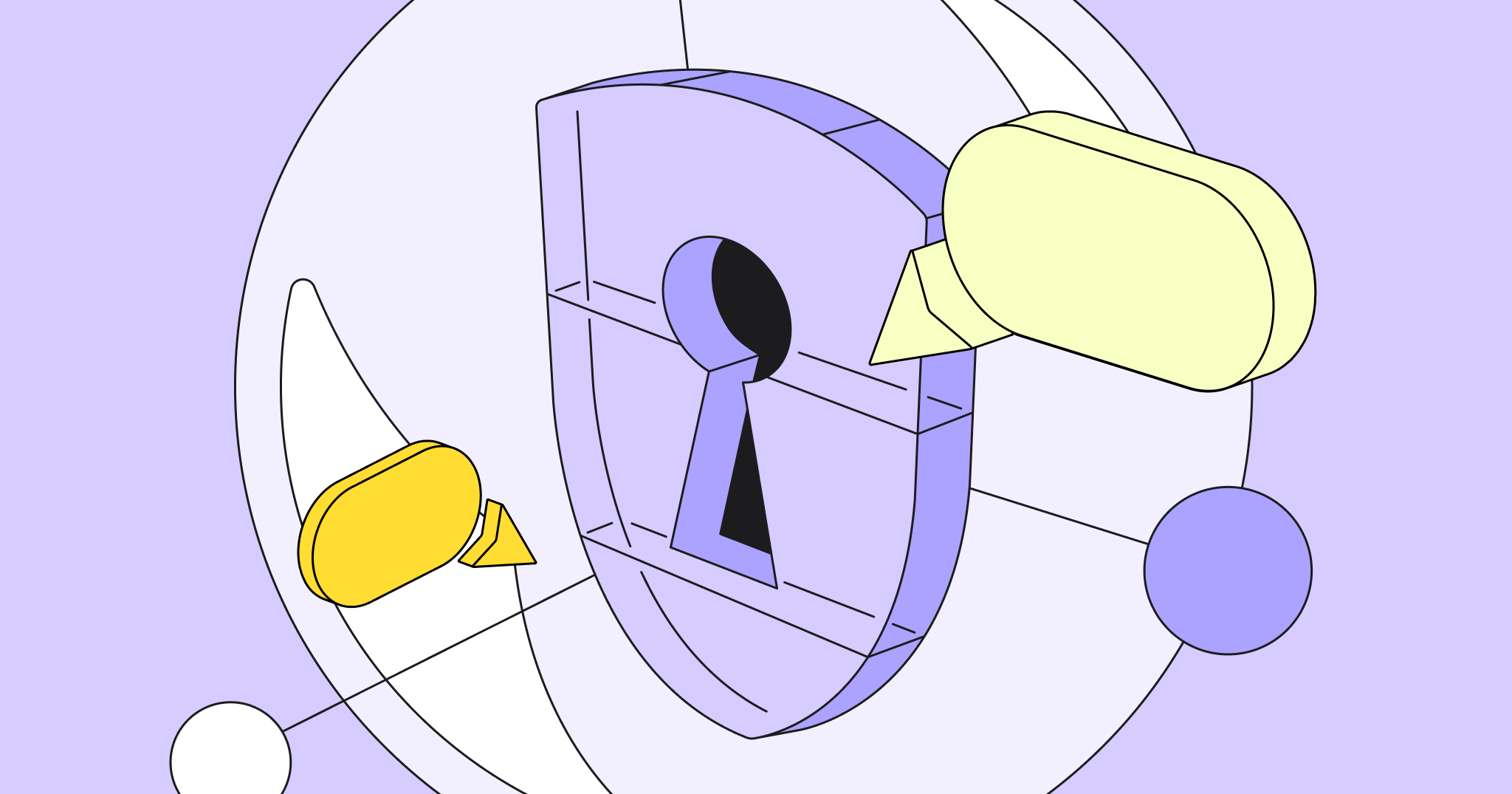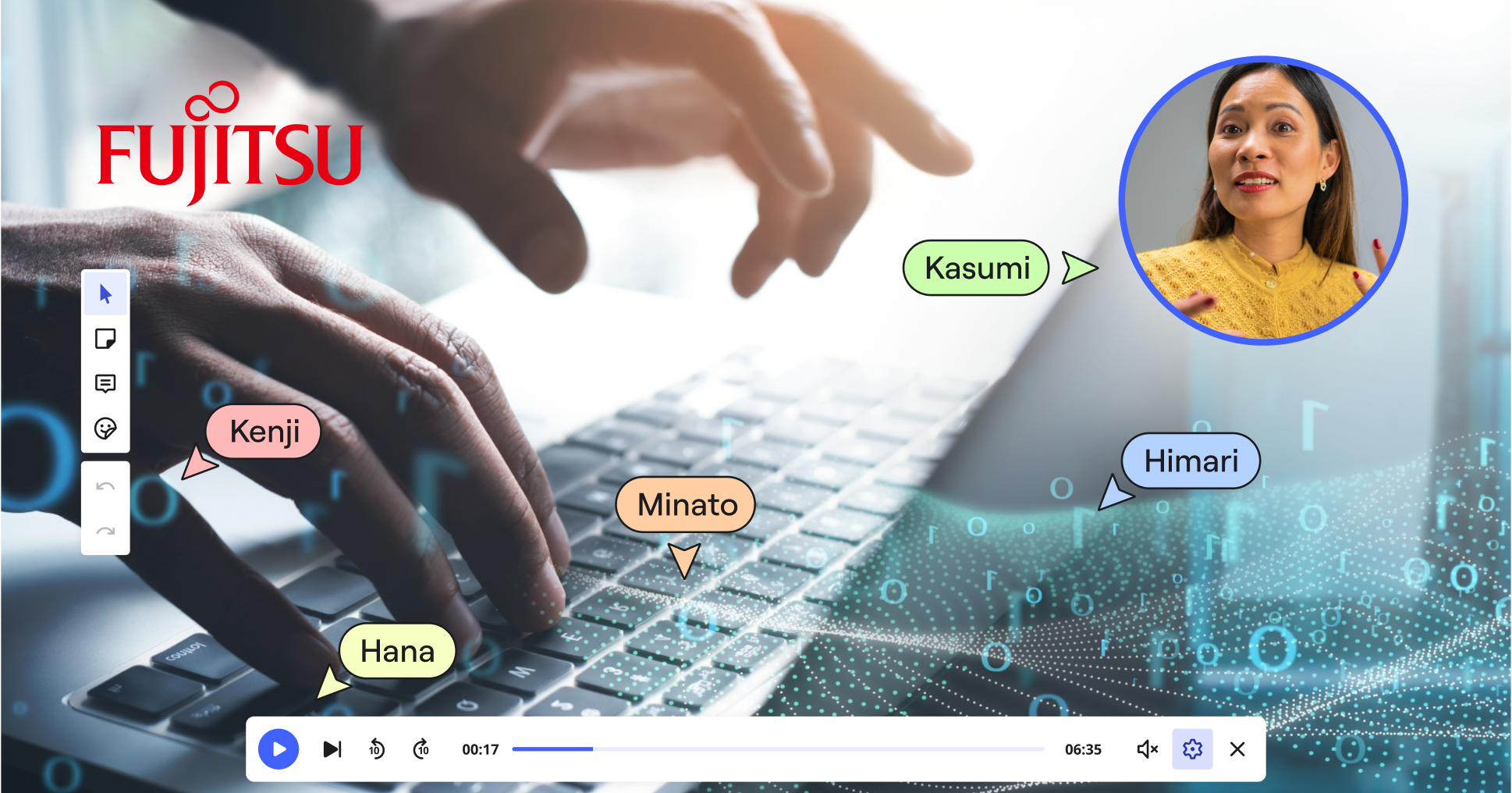Getting everyone on the same page:
How LookFar Labs optimizes product development and collaboration with remote clients
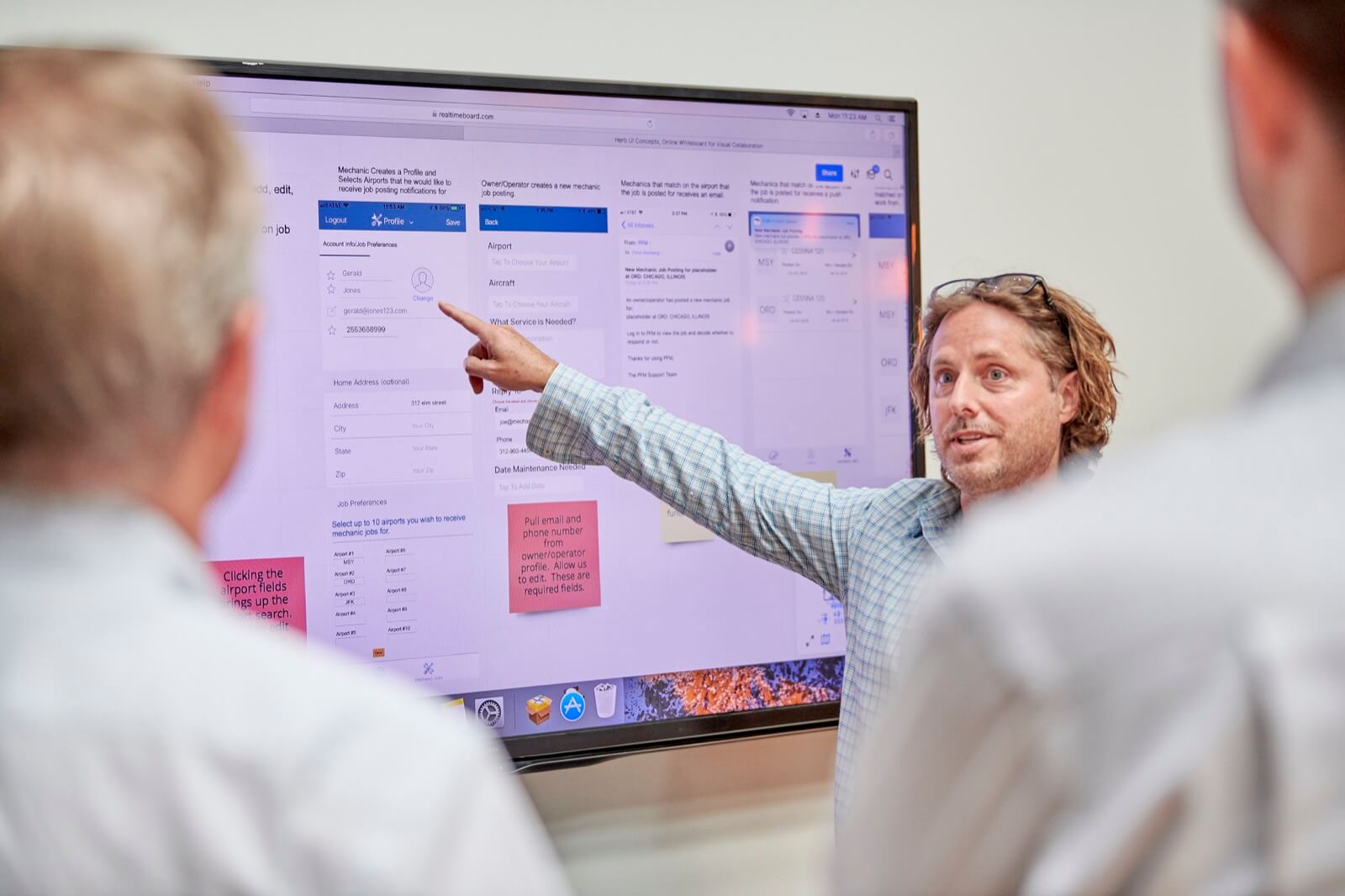
TODAY, EVERY ORGANIZATION NEEDS TO BECOME A TECH COMPANY. But how can leaders of these organizations go through this transformation if they don’t have the expertise to start developing digital products and services and leverage this new possibility for growth? LookFar Labs, a software development company that’s helping clients all over the world build great products and launch successful companies, told us about the way they work with organizations going through digital transformation and how Miro helps them to achieve their goals.
Communicating with remote clients
LookFar Labs is a New Orleans-based software development firm that helps new and existing companies launch products and business process improvements. They work with clients on software development, user experience, design, strategy and planning—taking a technological concept from initial idea to execution. They have collaborated with companies like LC&I, Daybrook Fisheries, Netchex, PFM, and many others. The LookFar Labs team, which includes designers, developers, product managers, and salespeople, is all based in the New Orleans office, but their clients can be located anywhere. This presents a challenge since the LookFar Labs team spends about 75% of their time on client-facing work. Vice President of Product, Chris Homberg explains, “We have a lot of collaboration that we need to do remotely, so we have a number of challenges with our clients/partners, because they don’t always know the process, they don’t really know what to expect, and they’re not sitting in the same office space as we are.”
Due to the complex nature of the projects they work on, the LookFar Labs team needs to be conscientious about how they communicate with clients. According to Chris, “If we sent them a big Word document with an explanation of what we’re building, everything would really just get lost in translation.” Miro allows the LookFar Labs product management team to clearly communicate with clients the process of product management and development (through the use of visuals).
Profile
LookFar Labs
is a New Orleans software development company helping businesses at every stage of the lifecycle grow through custom software.
Headquarters: New Orleans, USA
Founded: 2015
Team: 15 people
Industry: Software
The product team also finds Miro helpful for gathering competitive analysis and allowing clients to easily share their feedback. Using a board to collect screenshots from competitors, clients can easily annotate it and provide clear and actionable feedback to the LookFar Labs team.
Miro use cases:




Miro has helped us tremendously with client communication. We can better describe and walk them through the product development process—and do it in a way that they understand.
– Chris Homberg, Vice President of Product

The impact of using Miro
$18,750
This is how much LookFar Labs saves annually per product manager. Using Miro saves 25% of the time it originally took to write story acceptance criteria and the ongoing clarifications typically needed by the development team.
$20,000
This is how much LookFar Labs saves annually. Using the visuals from Miro provided by the product manager saves the developer 20% of the time it typically takes him to digest and understand stories.
Justifying the “strategizing” part of product development
In the early stages of engaging with new clients, the product team conducts a Strategize Phase, which includes crystalizing personas for each user, mapping out user flows, creating an epic-level feature list, and delivering a prototype of some kind. This is a critical step, but prior to using Miro, it was difficult to communicate the value to the client. Chris explains, “Our partners typically look at value based on how much code we’ve written and how far along the product actually is from the functionality standpoint. We had concerns from our sales team about putting a price tag on some of the work we wanted to do during our Strategize Phase. We weren’t able to articulate why it was important to do this work upfront.” As a result, the product team would sometimes jump right into the development phase without really understanding the true product requirements. This might have appeased the sales team and clients, but the product team knew this wasn’t the best way of approaching their work.
With the help of Miro, the product team is now able to create artifacts and more clearly communicate what occurs during the Strategize Phase and repeat this process with every new client. Chris says, “We’re looking at Miro as driving a scalable, repeatable process. Now we’re able to better articulate that, because we have a process and an output that the partner can understand. Sales now knows what to sell, where they will be inserted, what artifacts will be delivered, and what the product management team will be doing on behalf of the partner at each stage as they come into the organization.”
Miro has facilitated a more streamlined process between product, engineering, QA, sales, and clients while ultimately encouraging a product development process that’s more thoughtful and organized.





I feel like Miro increased the efficiency of finding particular things I needed to know about the project at least by 20%
— Chester Schofield, Software Developer
Staying on top of projects & understanding what to build
LookFar Labs’ agency model means that employees are often working on multiple projects—anywhere from 3 to 5 at a time—and context switching between them. This can easily lead to confusion, but the development team uses the Miro board to stay on top of their various tasks. The fact that Miro easily incorporates visual elements also helps communicate expectations and streamline communication. Software Engineer Chester Schofield explains that the Jira integration is especially useful for his workflow, “I use it to know exactly what I’m building. Each Jira ticket will attach a part of the Miro board to the ticket, so I can get UI information and understand what it is supposed to look like.”
Chester also likes the fact that Miro can collect a broad range of information for each project being built, both from the product team at LookFar and the client. He uses Miro as a source of truth for all documentation: “We usually keep our wireframes for the project and documentation that was gathered during the process of meeting with the client initially. It’s been my number one source for any information related to a project. That information also exists in other places, but we pull it all into this one resource, Miro.”
Miro also creates more efficient processes for all teams at LookFar Labs. While wireframes and mockups have always existed, having them in a single place cuts down on the time people would have spent scrolling between different tabs and stories. It also makes it easy to pinpoint exactly which changes need to be made, reducing errors from this process. Chester explains, “Typically in the past I would just have a bunch of tabs open or a bunch of files open, and it’s hard to navigate and you just get confused on where the things are. So having everything in one spot is pretty nice.”
The team at LookFar Labs continues to find new ways of using Miro for managing client communication and internal processes. We look forward to seeing how their approaches to client management and product development evolve along with their use of this technology.
